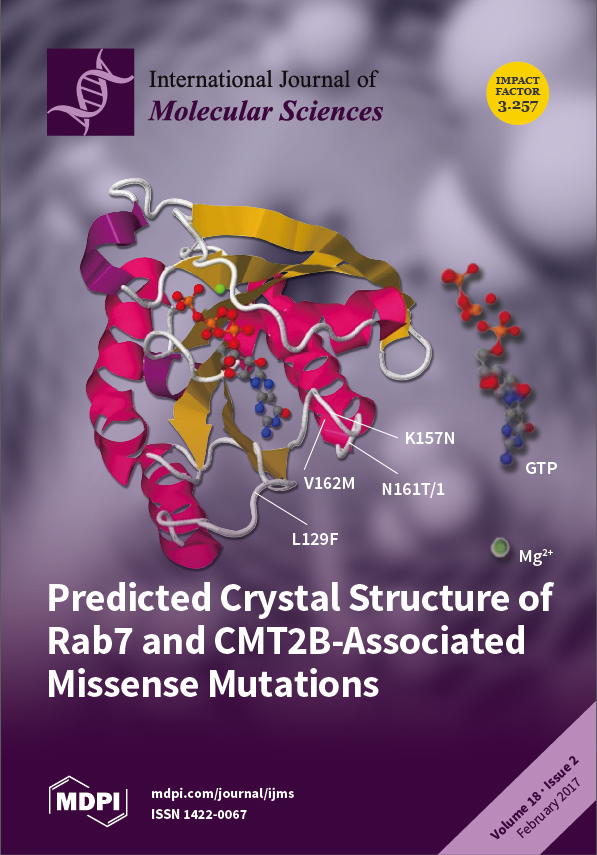The aim of this study was to evaluate the efficacy and safety of an anti-hypercholesterolemic agent containing
Berberis aristata,
Silybum marianum and monacolin K and KA in a sample of Caucasian patients at low cardiovascular risk according to Framingham score. The primary outcome was to evaluate the effects of this nutraceutical combination on lipid profile; the secondary outcome was to evaluate the effect on some inflammatory markers, in particular high sensitivity C-reactive protein and tumor necrosis factor-α interleukin-6. One hundred and forty-three patients were randomized to placebo or Berberol
® K, once a day, during the dinner, for 3 months, in a randomized, double-blind, placebo-controlled trial. We recorded a significant reduction of fasting plasma glucose with Berberol
® K compared to placebo (−12.2%,
p < 0.05). Moreover, we recorded an increase of fasting plasma insulin with Berberol
® K both compared to baseline and to placebo (+9.9%,
p < 0.05). Accordingly, the homeostasis model assessment (HOMA) index obtained after treatment with Berberol
® K was lower than the one in the placebo group (−2.8%,
p < 0.05). No variations of lipid profile were observed with placebo, while there was a significant decrease of total cholesterol (−20.5%,
p < 0.05), triglycerides (−17.7%,
p < 0.05), and low density lipoprotein (LDL) cholestero (−27.8%,
p < 0.05) with Berberol
® K, compared to placebo. There was a decrease of high sensitivity C-reactive protein (−30.8%,
p < 0.05), and interleukin-6 (−25.0%,
p < 0.05), with Berberol
® K compared to placebo. In conclusion, combining different hypocholesterolemic nutraceutical agents such as
Berberis aristata,
Silybum marianum and monacolin K and KA could be effective and safe to obtain a reduction of lipid profile and an improvement of inflammatory parameters.
Full article






